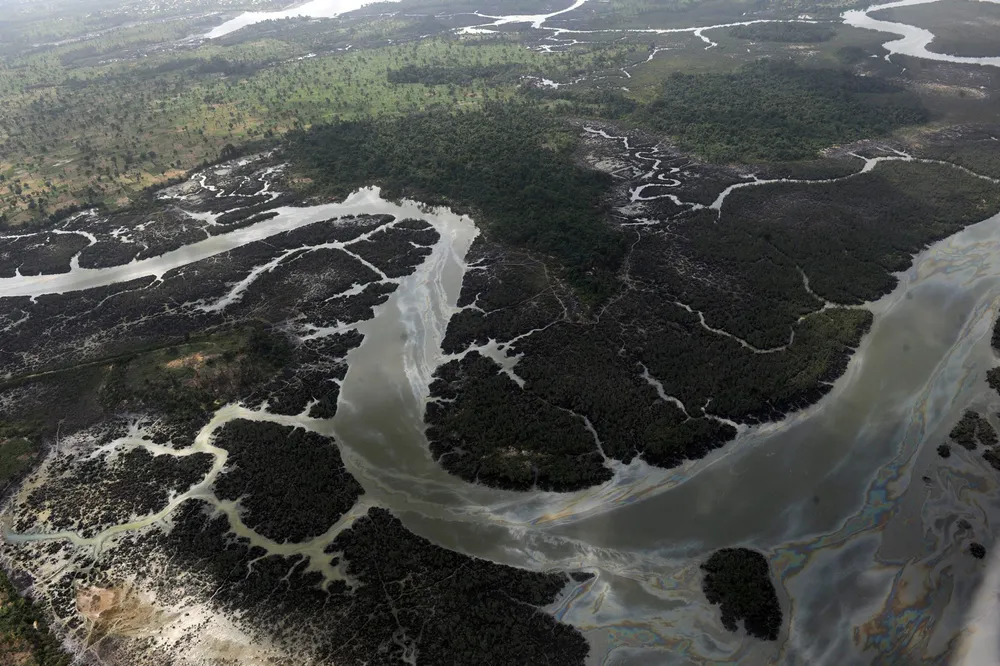Out of control: oil company lambasted over failure to cap well spilling up to 20,000 bpd into Niger Delta
Billionaire's Aiteo Group calls in Boots & Coots to deal with blowout as locals pay the cost of top tier oil spill

Billionaire's Aiteo Group calls in Boots & Coots to deal with blowout as locals pay the cost of top tier oil spill
